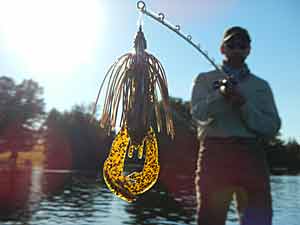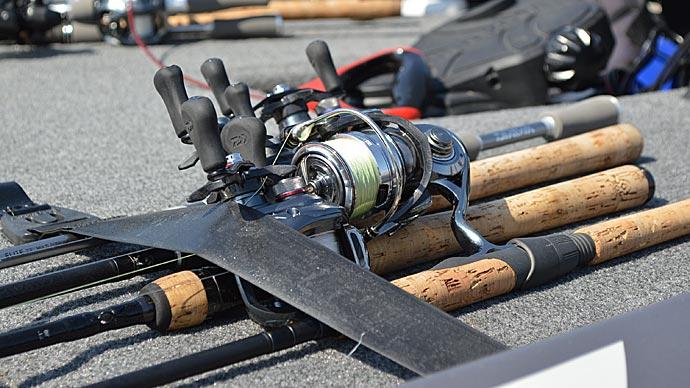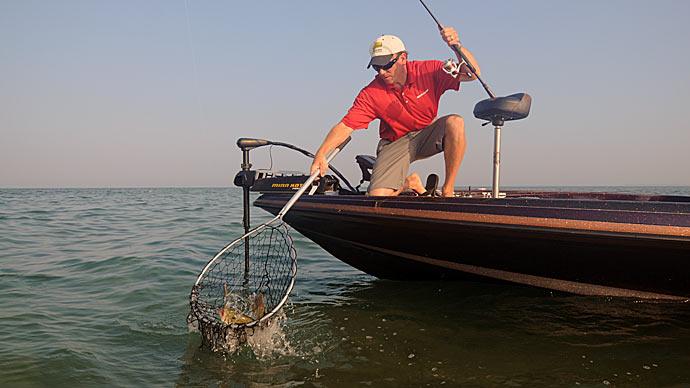Image

When was the last time you gave your fishing rods the once over? Chances are it was at the start of the season, and how often have you been on the water since?
The fishermen at Fenwick remind anglers that periodic inspection and maintenance of rods and components will assure peak casting and fish-fighting performance. A few minutes invested in checking the blank, reel seat, guide wraps, and grips may save you money in the long run.
"In the excitement of making that first cast, many anglers forget to take a quick look at their fishing rods for hints of wear," says Fenwick rod designer Harry Coffee. He recommends several easy maintenance steps to keep your fishing rod looking and performing at its best. These include:
- Pull a strip of nylon hose through each guide. If the material sticks or threads, there's probably a nick in the guide which could lead to line damage. Replace the guides as necessary.
- Inspect guide wraps for hints of wear. Re-wrap if necessary.
- Clean the cork grips by gently rinsing them with warm water and soap. If fish scales and slime prove stubborn, gently rub the grips with fine steel wool. If the rod is fitted with EVA foam grips, wipe them with a soapy dish rag, then rinse them with cool water.
- Check the reel seat for any buildup of residue or evidence of corrosion. This is common in a saltwater environment. The reel will not set properly with "gunk" on the seat, and the seat may be difficult to move or could even seize up if corroded. This can be remedied by rubbing with a soapy sponge, rinsing with cool water, and drying thoroughly with a towel.
- If utilizing a two-piece rod, rub a very light paraffin coating onto the ferrule. This makes it easier to separate the sections for a firm, secure connection.
- Store the rod(s) in a horizontal or vertical rack instead of leaning against a wall or stacking in a comer where the rod might bend and take a "set."
- Run your fingers over the length of the blank. Should you detect any dings, the rod may have incurred damage that may cause it to break during use.




